Modern vertical advertising displays integrate a suite of advanced features and technologies to deliver dynamic and engaging content. These displays are built with narrow bezels for seamless screen-to-screen transitions, ensuring a continuous and uninterrupted visual experience. The technology behind these displays varies, including LED, LCD, or OLED panels, each offering distinct levels of brightness and color accuracy to suit different viewing environments.
The core of these systems is the video wall controller, a device that orchestrates content distribution across the multiple screens. It ensures synchronized playback, which is essential for maintaining the illusion of a single, expansive canvas. This synchronization is crucial when displaying dynamic content that moves across screens or when precision is required for displaying detailed information.
Mounting solutions for vertical displays are designed to be versatile, catering to various installation environments. Whether wall-mounted, floor-standing, or freestanding, these mounting options provide stability and alignment, which are critical for the optimal functioning of the video wall.
Software solutions for managing these video walls are user-centric, offering interfaces that allow for easy manipulation of content. Features such as drag-and-drop functionality, preset layouts, and remote control capabilities enable efficient operation and content management, which is particularly beneficial for businesses that need to update their messaging frequently.



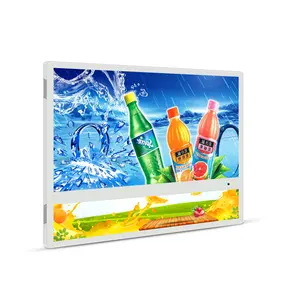

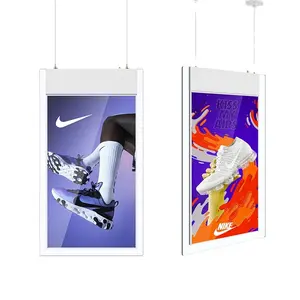

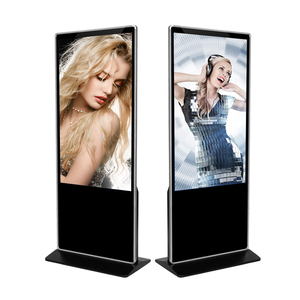



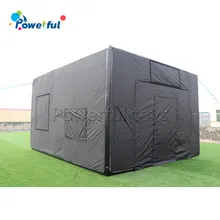






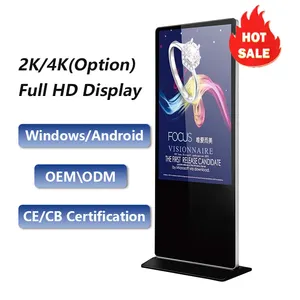
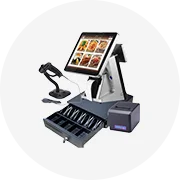
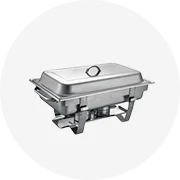

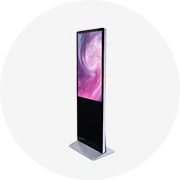

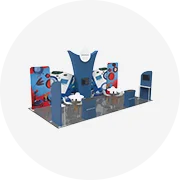
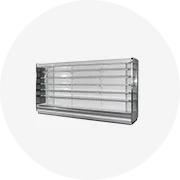

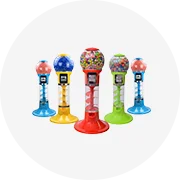
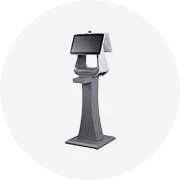
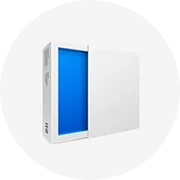


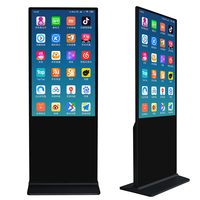








 浙公网安备 33010002000092号
浙公网安备 33010002000092号 浙B2-20120091-4
浙B2-20120091-4